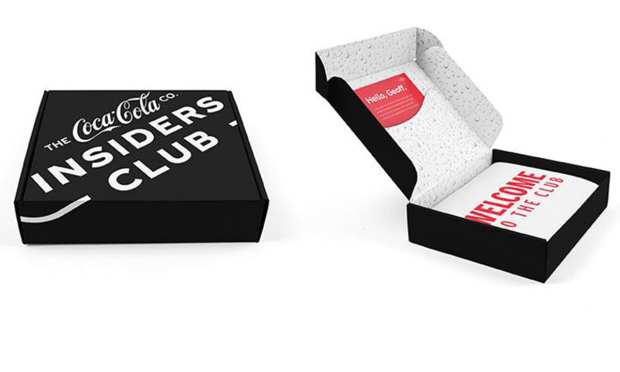Coke Says Things Go Better With … Subscriptions

Even Coca-Cola has had a rough year at the hands of COVID-19. Its most recent quarterly earnings showed an unheard-of 9 percent decline as consumers cut back on consuming its sugary drinks outside the home – and their in-home consumption just couldn’t make up the difference.
And while the pandemic will end — though perhaps not nearly as soon as many of us would like — sticky.io CEO Brian Bogosian told Karen Webster that with the relaunch of its Coke Insiders subscription program, the massive brand is sending a signal that has reverberated throughout the year: The time has come for them to really get to know their customers.
It’s something that, notably, Coke has never had to do before. Until 2020, it cared more about how many consumers were cracking into a cold Coca-Cola product at any given venue — a strategy that worked just fine before the pandemic.
“The push for Coke over the next year or two will be getting to understand their customers. They’ve relied on the supply chain of dealing through a variety of retailers,” Bogosian said. “Now that they’re seeing that supply chain interrupted to some degree, I think this is a great opportunity for them to collect the data to understand their consumers’ needs, wants and desires relative to how these things are packaged, bundled and priced.”
Developing The Opportunity
Every brand has learned over the last several months that the future is going to be digitally enabled and omnichannel. Those that want to stay in the market and remain relevant to their customers’ lives, said Bogosian, must find ways to accompany their consumers on those digital journeys — or risk being left behind.
Moving to the subscription model is becoming an increasingly popular path for Coke and other CPGs, said Bogosian, because it’s a very easy access point for delivering the fundamental value of digital transactions.
“This is stuff they would otherwise spend anyway, and they’re getting a more convenient method of delivery,” he noted. “People still look at the convenience factor. That has been the fuel behind Amazon‘s growth — the ability to go, click, buy and wait for it to arrive.”
And on top of convenience, a lot of other values can be tethered. In Coke’s case, that comes in the form of early access to new flavors of product, and fun “tchotchkes” for Coke fans to collect, like stickers. It’s that element of surprise that adds to the appeal of subscription boxes.
The question that will be interesting to watch over the next year or two, as Coca-Cola actually starts bringing in data on the service, is how else they develop it. With a $45-for-three-months price tag, that subscription box has been popular among consumers — there’s a waiting list to get it. But over time, as they learn more about who their consumers are and what they want, it is possible that the service will be modified and even differentiated into a few separate offerings.
“I believe firms like Coca-Cola, which have tremendous marketing resources and research, will end up delivering a variety of different bundles,” Bogosian predicted. “That may be the $20-per-month bundle that will target a different demographic with a different product set. I think the flexibility of being able to provide the pricing options, alternatives and product mixes will be tremendously important for consumers going forward.”
And that goes for merchants as well — because subscription services are far from a one-size-fits-all offering.
The Expanding Future Of Subscriptions
There is no single universal model for building subscriptions, firms are increasingly noting — because the needs of different consumer groups are varied. As an example, Bogosian noted, monthly isn’t really a requirement. There are subscriptions with upsells, bundles built on the convenience of delivery or varying frequencies of delivery. The beauty of the model is that more flexibility can be programmed by the consumer.
Which is why, as difficult as 2020 was, Bogosian believes that in many regards, 2021 will be a banner year for subscription services — and for firms like sticky.io that help merchants get them up and running. The focus will be on giving consumers what they want — and developing subscriptions that are truly customized to individuals.
“I don’t think this stay-at-home economy will flip back to what it was before. I think we’re going to see some variance, but I think it’ll look more like it does now than it did before,” he predicted. “And those who can facilitate the delivery of products and services to meet the consumer’s tastes, needs and timing of receipt requirements will have a tremendous upside in the coming year.”
